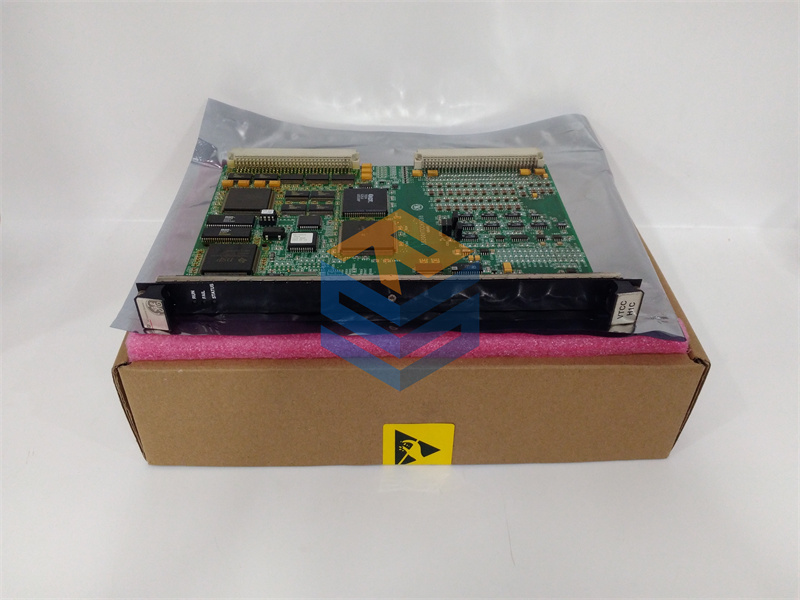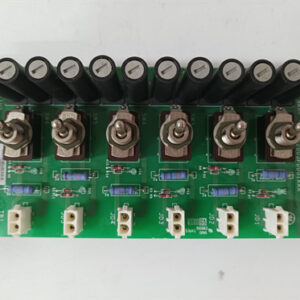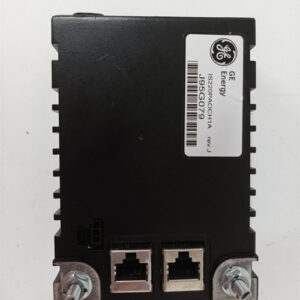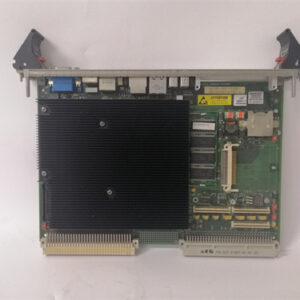الوصف
The GE IS200TRLYS1B is a Safety-Rated, Triple Modular Redundancy (TMR) Discrete Output Terminal Board for the GE Mark VIeS (MKVIeS) turbine control system. Its main function is to provide a physical interface for critical discrete output signals in a high-reliability, Safety Integrity Level (SIL) environment.
Function and Purpose ⚙️
The IS200TRLYS1B is a crucial component in safety-critical applications where a single failure cannot be tolerated. The TMR designation means that there are three redundant output channels, and the board is designed to manage and vote on these signals. The board receives commands from the three redundant safety processors and sends them to external devices like relays or solenoids. Its internal logic ensures that if one of the redundant outputs fails, the other two can maintain control, preventing a dangerous or costly false trip. The “SIL” designation is key, meaning this board is built to meet stringent safety standards.
Related Components 🤝
The IS200TRLYS1B works in conjunction with other components of the Mark VIeS system, including:
- Safety Processor Pack (SPRO): The main CPU of the system, which executes the safety logic and sends commands to the board.
- I/O Packs: These electronic modules mount directly on the terminal board and contain the active electronics for activating the relays.
- External Relays: The board connects to these external relays, which in turn control the field devices that perform the actual shutdown or protective action.



 +86 15340683922
+86 15340683922 +86 15340683922
+86 15340683922

